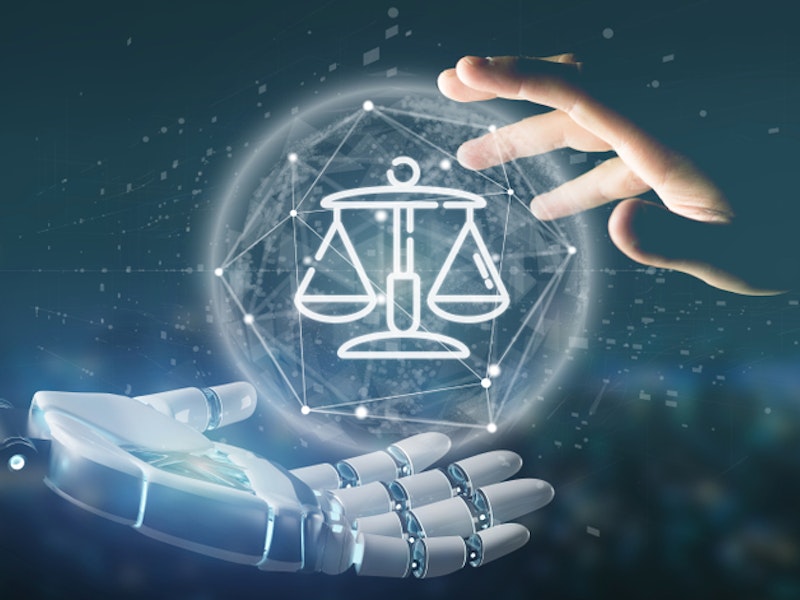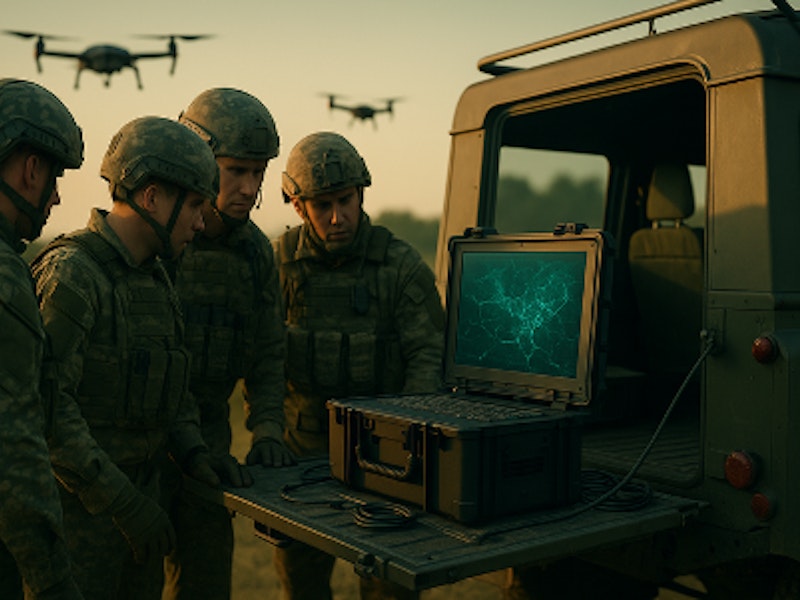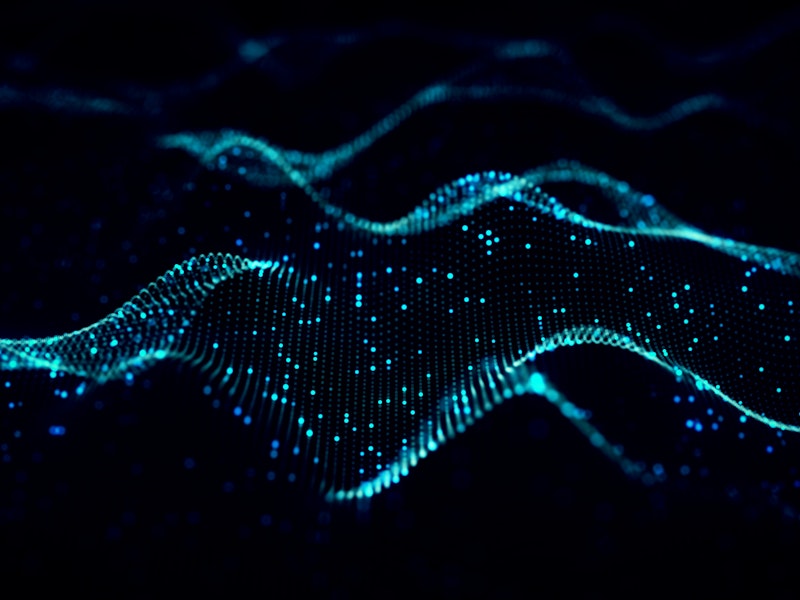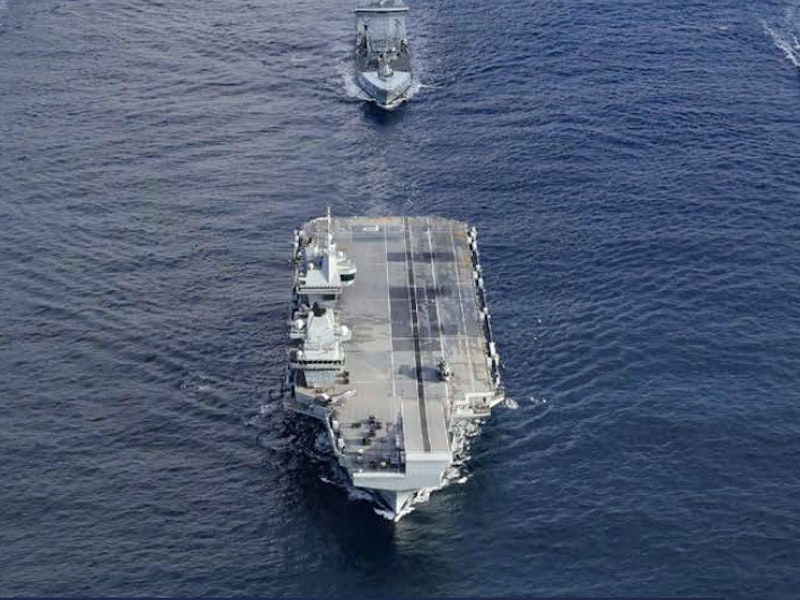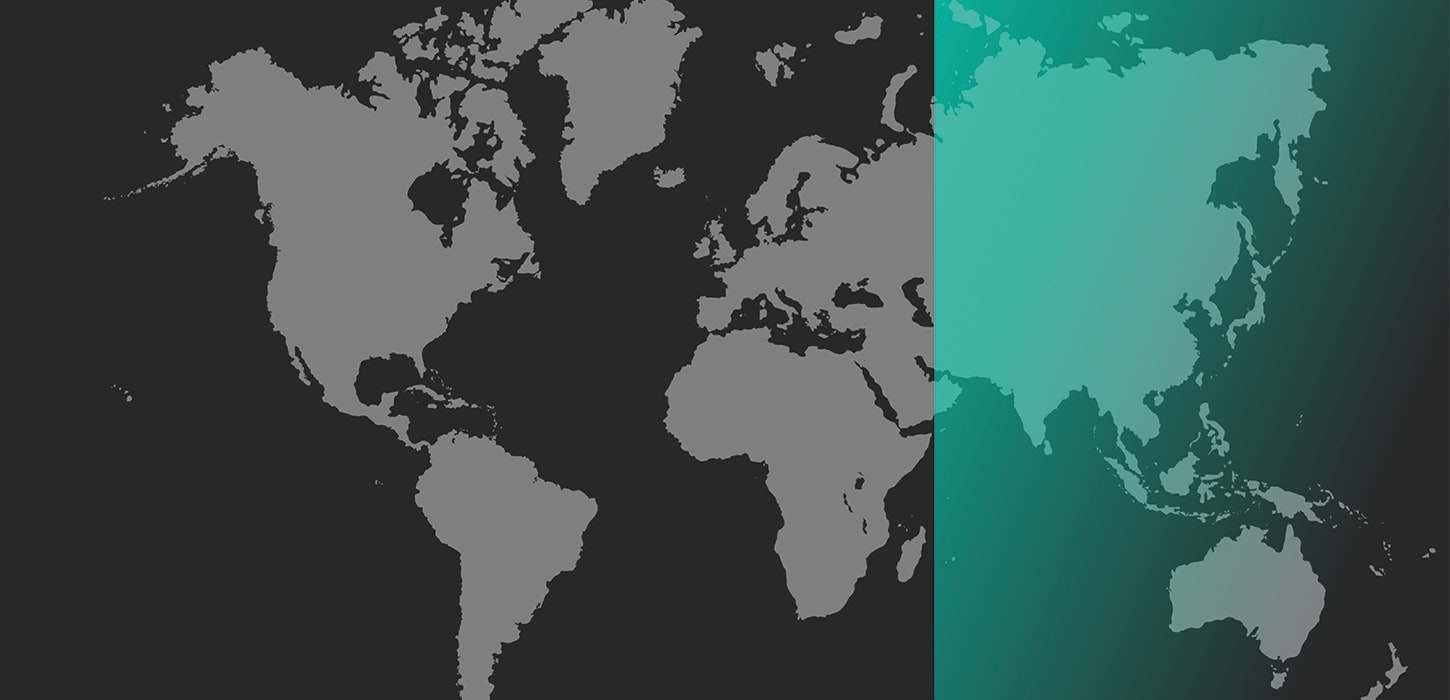
DSEI 2025: Innovation, Integration, and the Digital Targeting Web
In a week of Russian incursions into NATO airspace and continued conflict in the Middle East, the realities of global instability were at the forefront of attention at DSEI.
This ever-evolving threat picture places greater urgency on the necessity for NATO allies and partners to out-innovate global adversaries and preserve access to the state-of-the-art technologies that define competitiveness in the contemporary battlespace.
The MOD’s Digital Targeting Web represents a significant step towards the data integration necessary to enable operators, analysts and decision makers alike to act at the speed of relevance.
Sensors, Deciders, Effectors. Just three words but to all who attended DSEI last week, their significance must not be underestimated. They represent the framework by which UK Defence is building the Digital Targeting Web (DTW) – the most ambitious step towards a reimagined era of software-defined warfare.
DSEI’s new ‘Tech Zone’ became the focal point last week for discussion on the DTW, with industry, military, government and academic partners all offering vital perspectives on how to fuse data, share real time insight, and act with speed, clarity and confidence, even when GPS is denied, connectivity is compromised, or compute is constrained.
Innovation within the DefenceTech industry was on full display at DSEI. The sheer number of companies rapidly building next generation drones, sensors and advanced munitions demonstrated the very real extent to which the DTW has access to any number of brilliant Sensor and Effector capabilities. Much of this has been developed in lockstep with Ukrainian partners, for whom innovation is a necessity in the face of existential threat.
For UK Defence, the key question remains how to realise the collective value of this innovation. Specifically, for the DTW, ‘Deciders’, must be in a position to integrate, fuse, and act, seamlessly connect Sensors and Effectors alike. For Adarga, DSEI represented an invaluable opportunity to demonstrate how the Adarga Knowledge Platform 'AKP' acts as a continuously learning integration layer for our customers; allowing them to ingest raw, multi-domain data and transform it into structured and evolving insight at the speed of operational relevance. Conversations at DSEI with many of Adarga’s existing Sensor and Effector industry partners offered the opportunity to reinforce integration through shared architectures, protocols and standards. New partnerships were also scoped, with many organisations recognising the AKP’s central role as a ‘Decider’, breaking down silos and enabling shared understanding across all domains, thereby enabling Sensor and Effector organisations to realise their true potential.
The customisable components that sit within the AKP enable Adarga (and our mission partners) to build out an application layer that ensures frictionless access to software designed to augment the capabilities of analyst or decision maker alike. Our focus on delivering capabilities that support intelligence (J2), operations (J3), and planning (J5), help mission partners move faster, see more clearly, and act with greater confidence. At DSEI we showcased some of these newer capabilities, including agentic workflows we have built to support our users with specific elements of the F3EA targeting cycle. We believe the future will not be shaped by static apps and pre-defined navigation, but by customisation and the ability for users to assemble and adapt workflows dynamically, tailored to their problems; our new suite of analyst tooling is a first step towards this vision.
To enable this vision, and to ensure the data integration and decision-making elements of DTW can be realised, defence-specific solutions on agentic protocols are going to be required. At DSEI, there was a distinct lack of discussion or evidence of solutions that will enable the dynamic tasking, interoperability, and real-time adaptation that the DTW envisages. At Adarga, we are investing in the coordination protocols needed to support adaptive, agent-based systems that respond to real-time mission needs across Defence.
Another gap in discourse we observed at DSEI, and one that is vital not just to the realisation of DTW but to the future of Defence capability, is the very real requirement for inference, accessible at all levels of classification, and deployed at the edge, on premises, or in the cloud. At Adarga, we firmly believe sovereign capability needs to be built across the stack. In articulating our vision for the ‘Defence AI Factory’, we assert that equal attention must be given to inference capabilities, as that given to platforms and applications across the DTW framework.
If DSEI 2025 represented the conceptual establishment of the DTW, alongside excellent displays of innovation across Sensor and Effector capabilities, by 2027, we should aim to shift the centre of gravity towards a fully realised Defence AI Factory - one that can deliver modular, sovereign capabilities able to operate when GPS is denied, connectivity is compromised, or compute is constrained.


